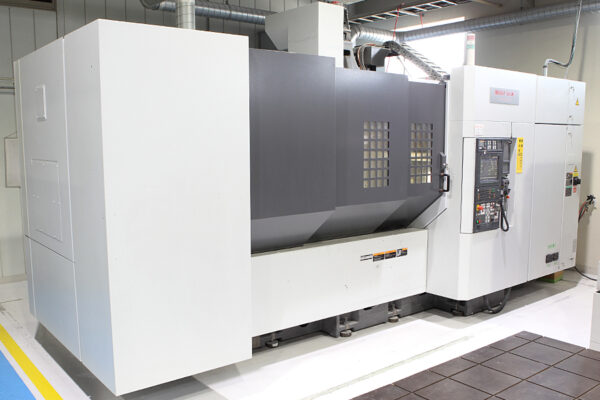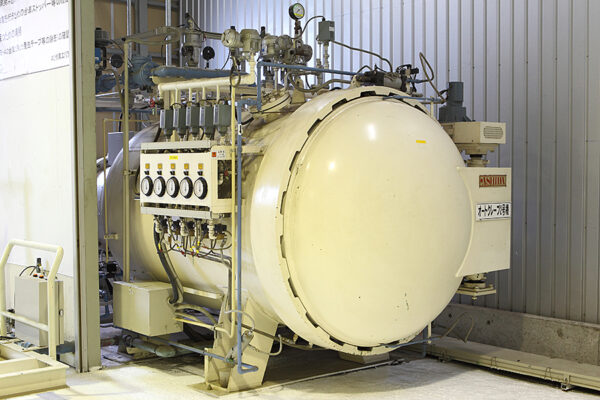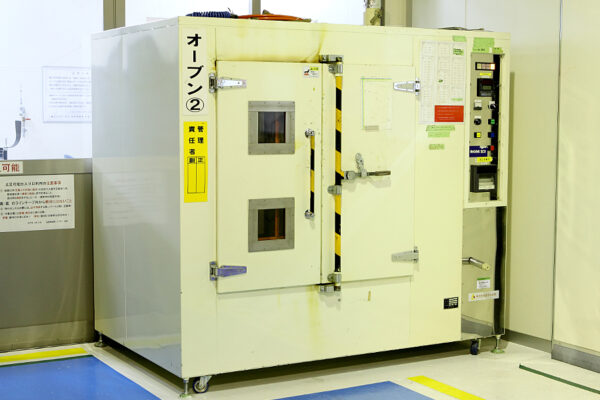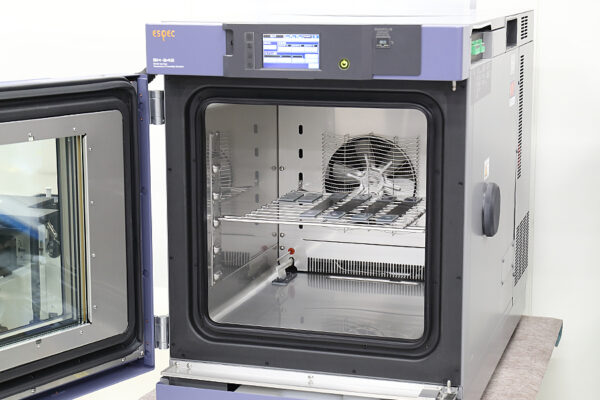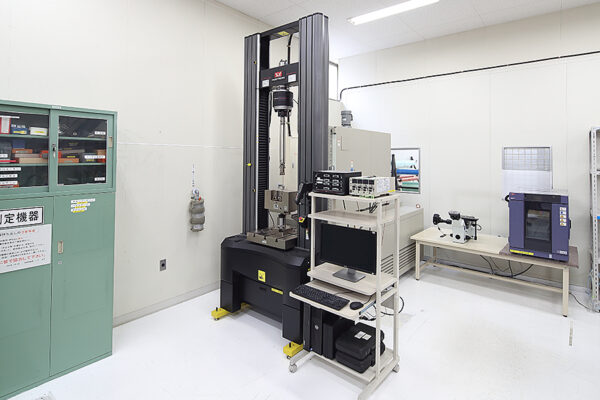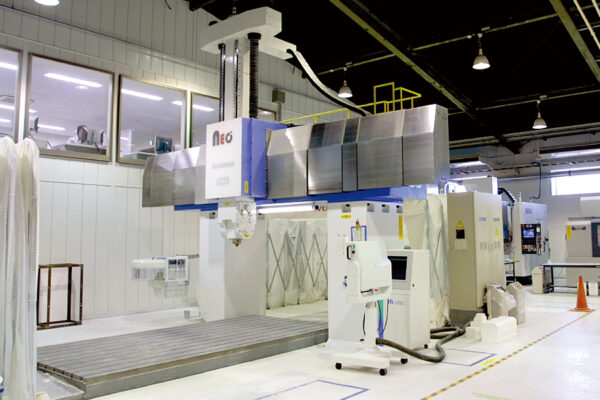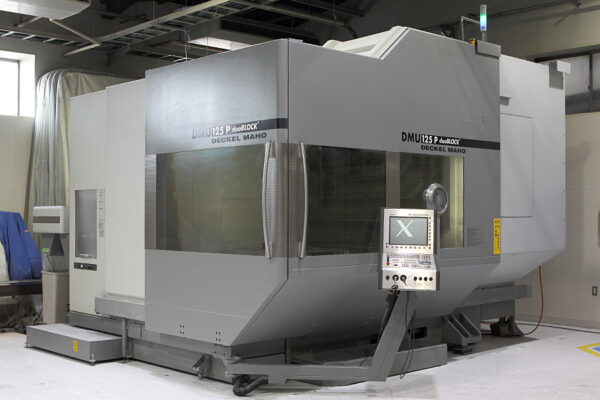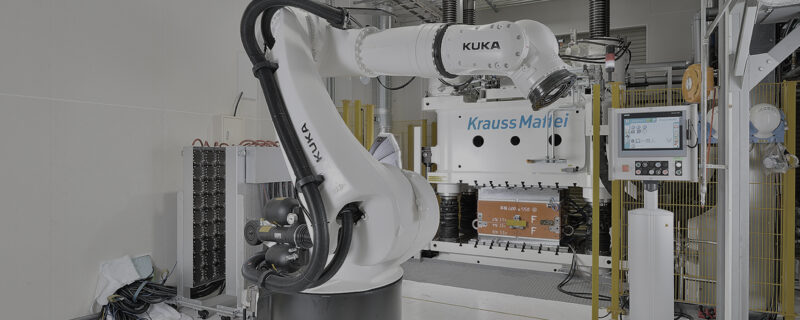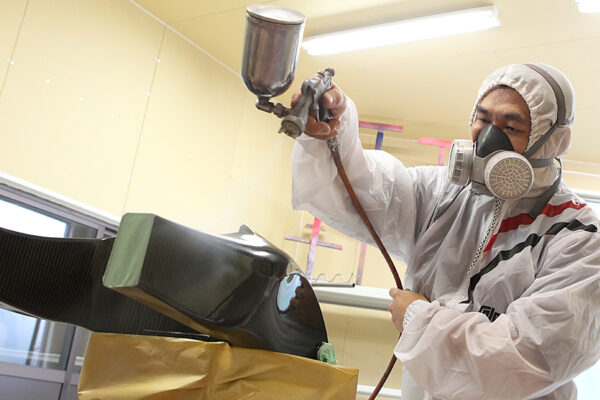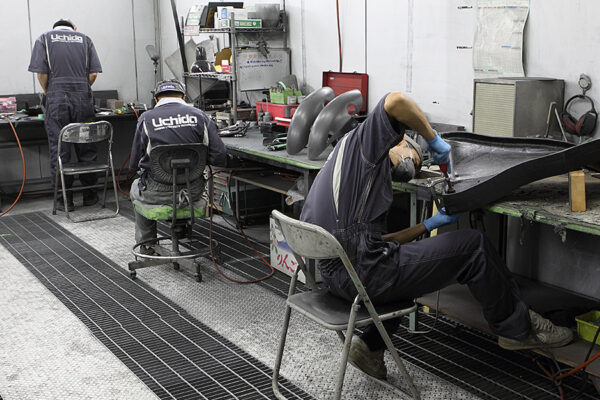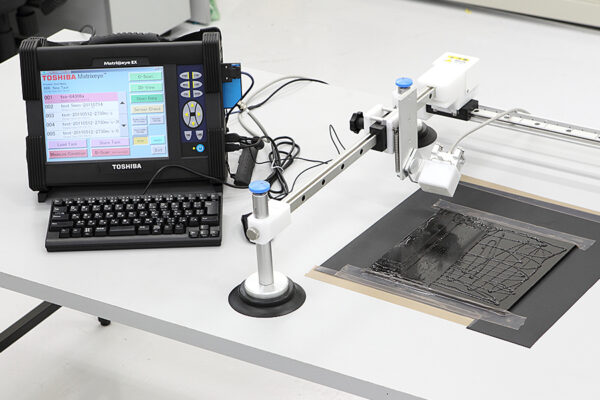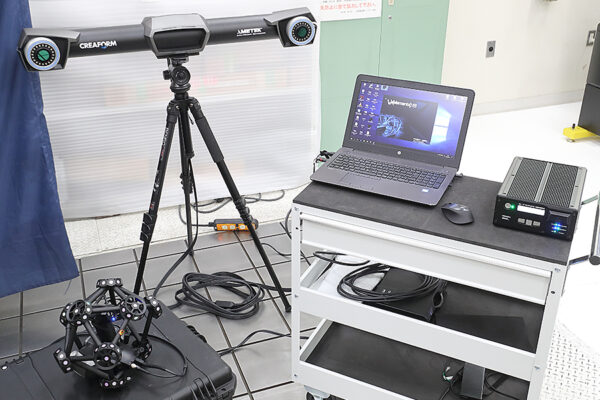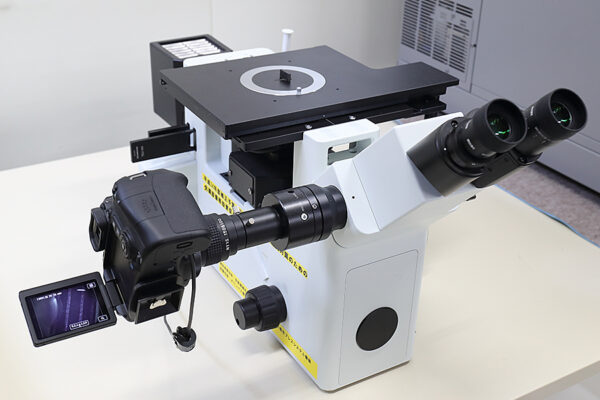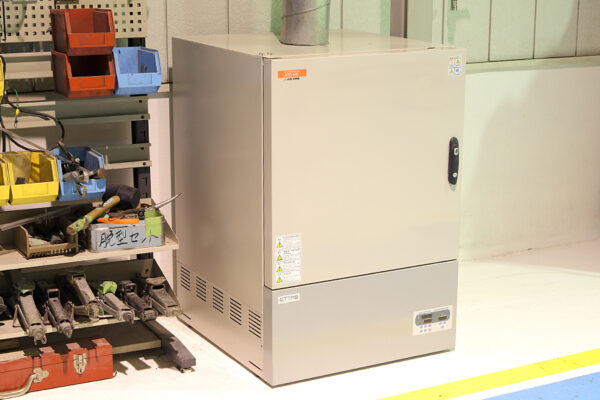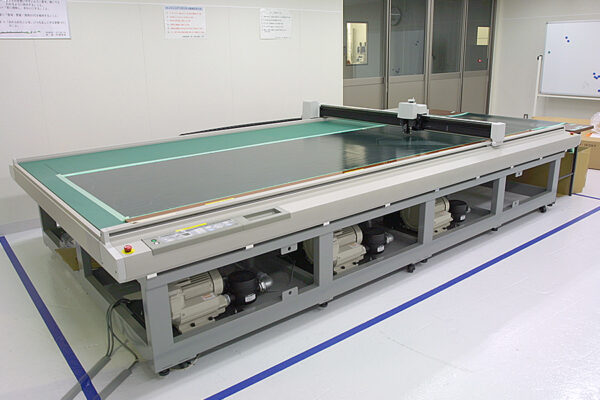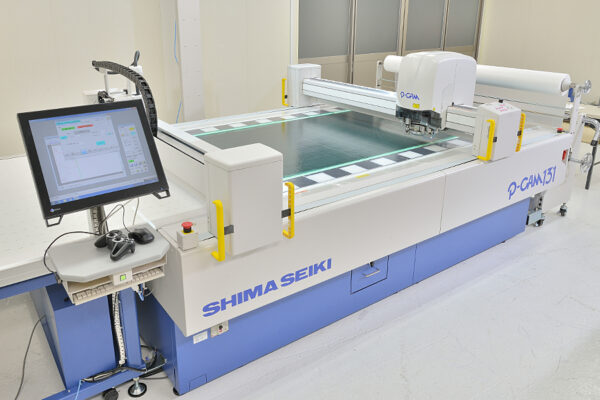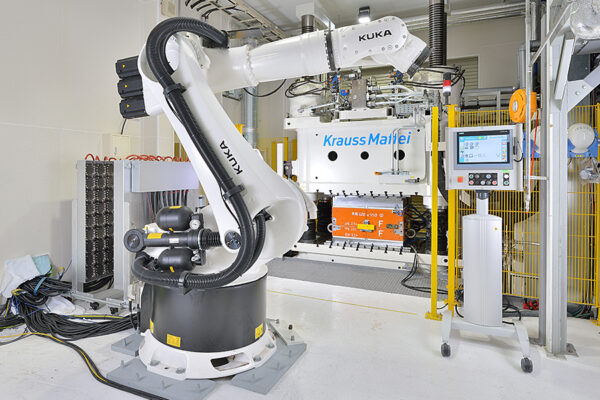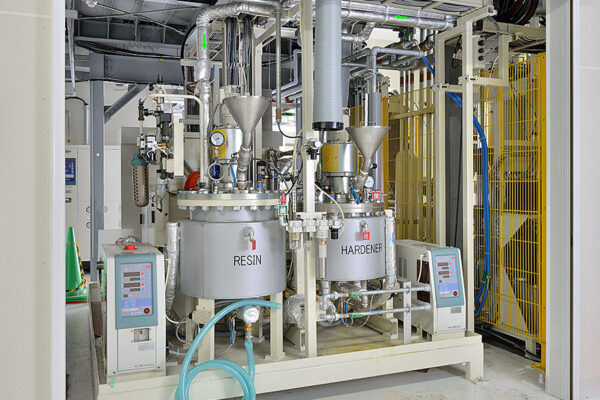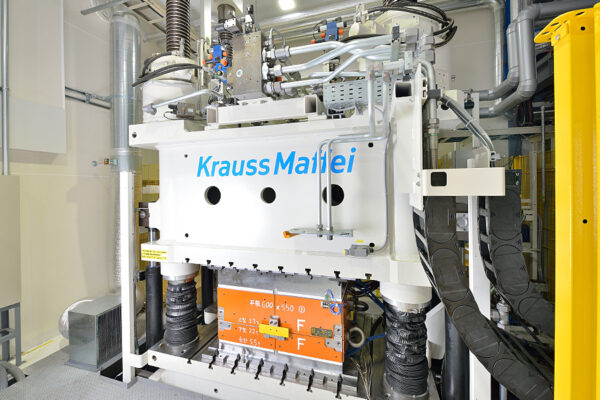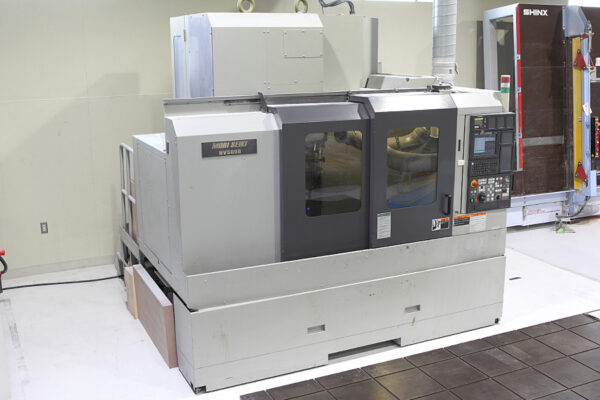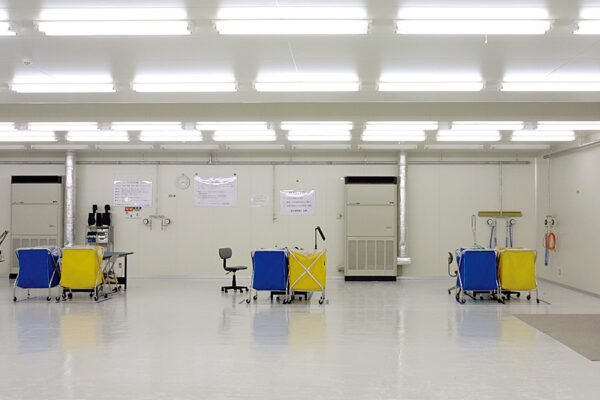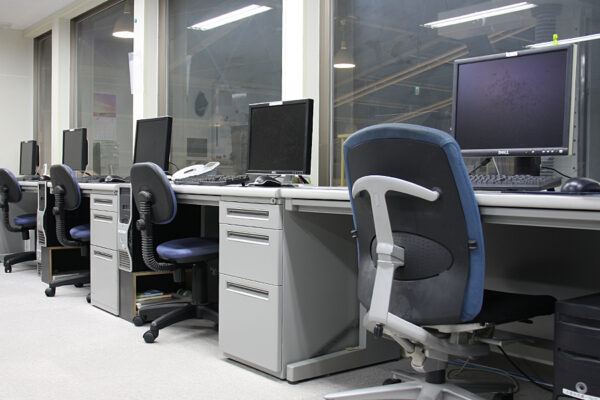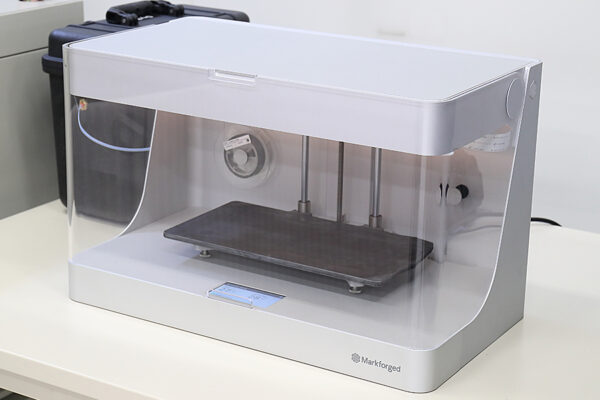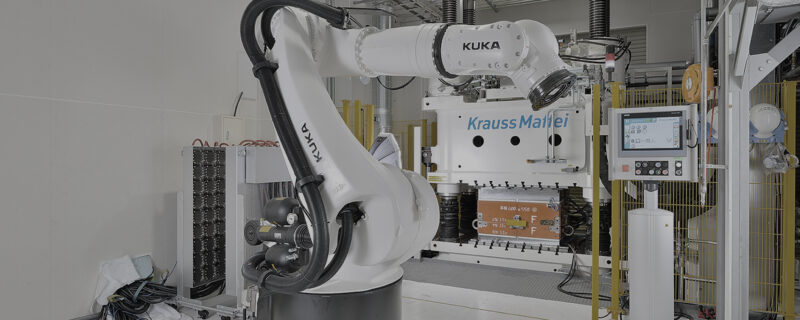Introduction
CFRP (carbon fiber reinforced plastic) is attracting attention in the automotive industry as a lightweight yet high-strength material. In particular, CFRP-based car body molding plays an important role in modern automobile manufacturing, which aims to improve fuel efficiency, reduce environmental impact, and enhance performance. This column discusses the characteristics, technologies, advantages, and future prospects of CFRP car body molding.

Basic Properties of CFRP Body Molding
CFRP (Carbon Fiber Reinforced Plastics) is a composite material made by adding carbon fiber to resin. CFRP body molding is a very attractive material for car body structures because it is lightweight yet stronger than metal. CFRP body molding is used to realize energy-efficient vehicles and is attracting particular attention in luxury cars, sports cars, and electric vehicles.
Lightweight
CFRP is lighter than aluminum and steel and has comparable strength, making a significant contribution to overall vehicle weight reduction. Lighter weight can be expected to improve fuel efficiency and reduce emissions, and in electric vehicles, it also contributes to extending the driving range.
High Strength
CFRP has excellent tensile strength and enhances the safety of the vehicle body because of its ability to absorb shock in the event of an accident. Its high strength yet lightweight characteristics enable both safety and efficiency.
High Corrosion Resistance
CFRP has higher corrosion resistance than metal and is less susceptible to degradation in humid and salty environments. This property extends the life of car bodies and reduces maintenance costs.
CFRP Car Body Molding Techniques
There are several manufacturing methods for car body molding using CFRP. Each of these methods has different characteristics and is used according to the required performance.
Autoclave Molding
Autoclave is a molding method in which the resin is cured under pressure and heat. very high precision and strength can be achieved in CFRP molding. In this method, carbon fibers are wrapped in resin and heated and pressurized in an autoclave to produce CFRP products with uniform curing and high strength. In the automotive industry, it is used especially for body parts of aircraft and high-end sports cars.
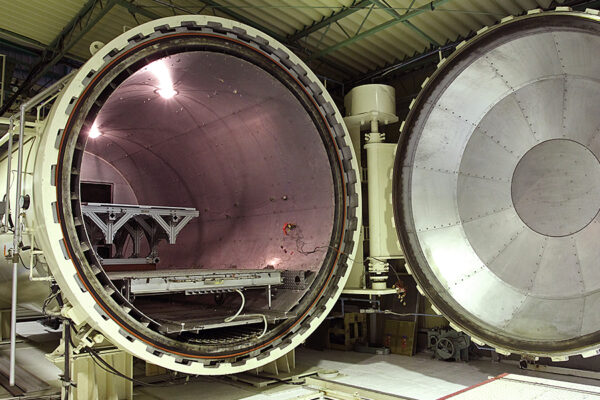
Autoclave Oven 3
Size : Ø3,000×6,000mm / Operating temperature : at normal temperature – 200℃ / Distribution accuracy : ±2.5℃less / Heating rate : 4.0℃/min. (empty furnace) / Cooling rate : 4.0℃/min. (empty furnace) / Design pressure : 0.99Mpa (maximum working pressure) / Working pressure : 0.7Mpa less (if no specification from the manufacuturer 0.3Mpa around) / Pressure accuracy : ±0.02Mpa(for pressure setting of 0 – 0.99Mpa/cm²) / Boost pressure accuracy : 0 – 0.03Mpa/min / Pressure source : compressed air (regular use) / Vacuum system : back suction system / Vacuum units : 10
Resin Transfer Molding (RTM)
RTM is a molding method in which carbon fibers are placed in a mold and resin is injected into them. RTM is used for automotive exteriors and interiors because of its high precision and ability to mold complex shapes with relative ease.
SLS (Selective Laser Sintering)
SLS is a technology for molding CFRP using a 3D printer. A laser is used to sinter powdered CFRP to create three-dimensional parts one layer at a time. This method is mainly suited for prototyping and custom parts manufacturing, allowing for the creation of products that meet individual needs.
Filament Winding
Filament winding is a technique to dip carbon fiber filaments in resin and wind them into a specified shape. It is used for car body parts and frames with complex shapes, and is particularly effective for increasing body strength. 3.
Advantages of CFRP Body Molding
The following advantages can be obtained by adopting CFRP body molding.
Improved fuel economy through weight reduction
The use of CFRP significantly reduces the weight of the vehicle. This reduces the burden on the engine and improves fuel efficiency. Electric and hybrid vehicles also benefit from increased driving range.
Improved Crash Safety
CFRP’s high tensile strength and shock-absorbing properties allow it to effectively absorb the impact of an accident. The reinforced structure of the vehicle body improves occupant safety and reduces injuries in the event of an accident.
Improved durability due to corrosion resistance
CFRP is more resistant to corrosion than metal, allowing it to be used for long periods of time in coastal salt and humid environments. This extends the life of the vehicle and reduces maintenance costs.
Freedom of Design
CFRP has excellent formability, making it possible to create parts with complex shapes. This allows greater freedom of design and enables the manufacture of functional and beautiful car bodies. 4.
Future Prospects for CFRP Car Body Molding
The automotive industry is expected to increase its use of CFRP car bodies to meet tighter environmental regulations and demand for higher fuel efficiency. In particular, more innovative vehicles are expected to emerge when combined with new technologies such as electric vehicles and self-driving cars.
Progress in Cost Reduction
CFRP is currently expensive to manufacture, but technological innovation and new manufacturing methods may reduce costs in the future. This will lead to CFRP being used in more and more vehicles.
Material Improvements and New Technologies
CFRP materials themselves continue to evolve, improving strength, heat resistance, and cost efficiency. In addition, the adoption of new manufacturing technologies, such as 3D printing technology, will make it possible to produce CFRP car bodies even more efficiently.
Conclusion
CFRP car body molding is a technology that offers many advantages in the automotive industry, including weight reduction, higher strength, and improved durability. In the future, CFRP will be used more widely and will become an indispensable material in the production of environmentally friendly vehicles. As a result of technological innovation and cost reduction, more and more automakers are expected to adopt CFRP to manufacture vehicles that deliver performance and efficiency.

Related useful contents
You can explore related content by clicking on a topic of interest.
ABOUT UCHIDA - 55 years since our founding
We leverage a wealth of technical expertise as a CFRP molding and processing manufacturer using FRP, GFRP, and CFRP materials. We offer a one-stop solution, encompassing design, analysis, manufacturing, secondary processing, assembly, painting, quality assurance, and testing.
UCHIDA's equipment
We have cutting-edge equipment to ensure that we can address even the most advanced challenges of our customers.
Video Library
In the following video, we provide a detailed overview of our manufacturing process. Please feel free to watch and learn more.


